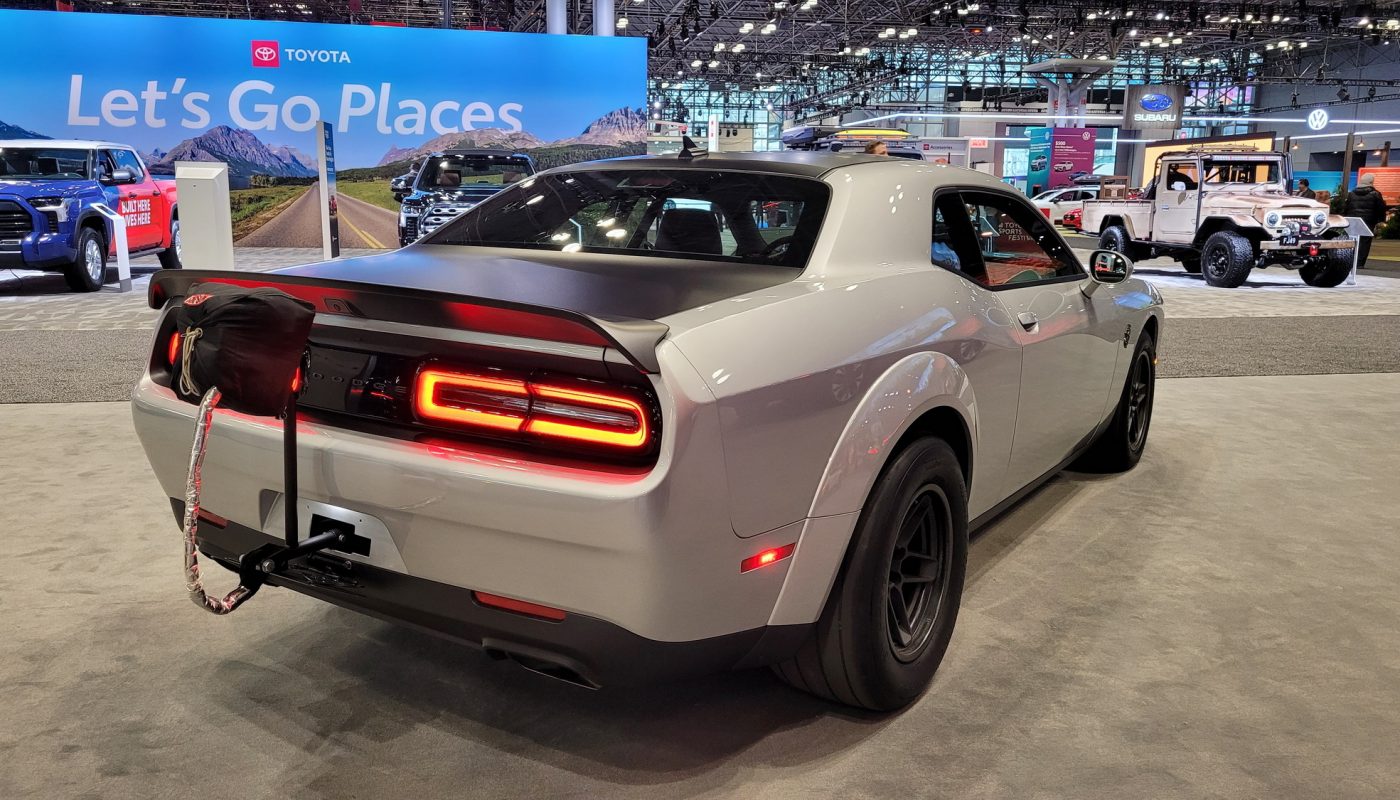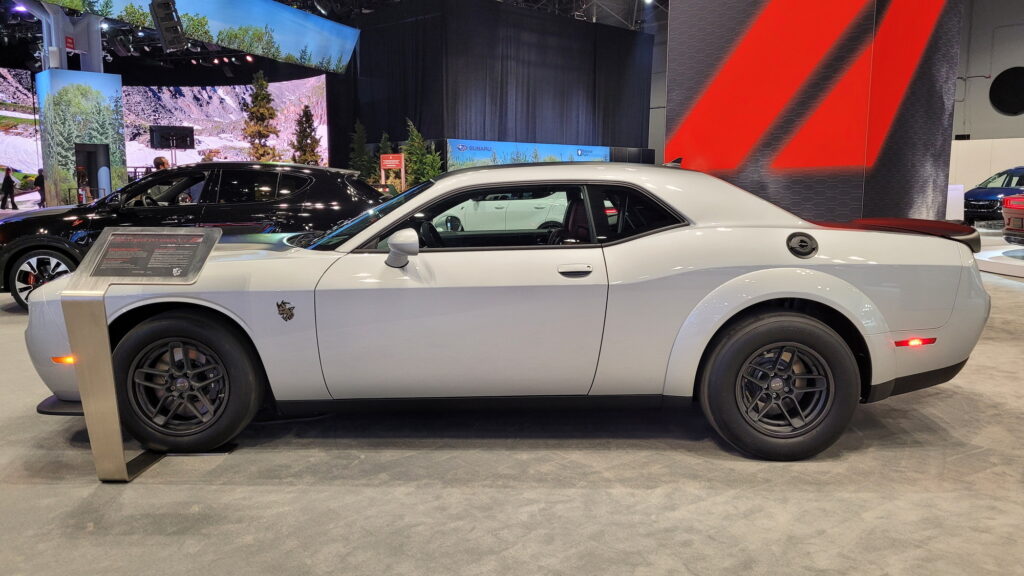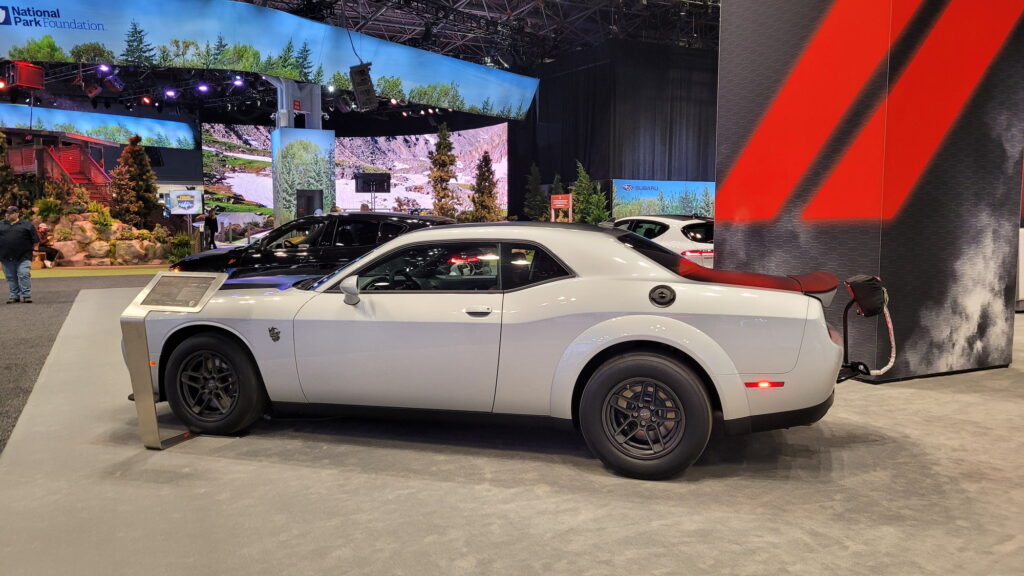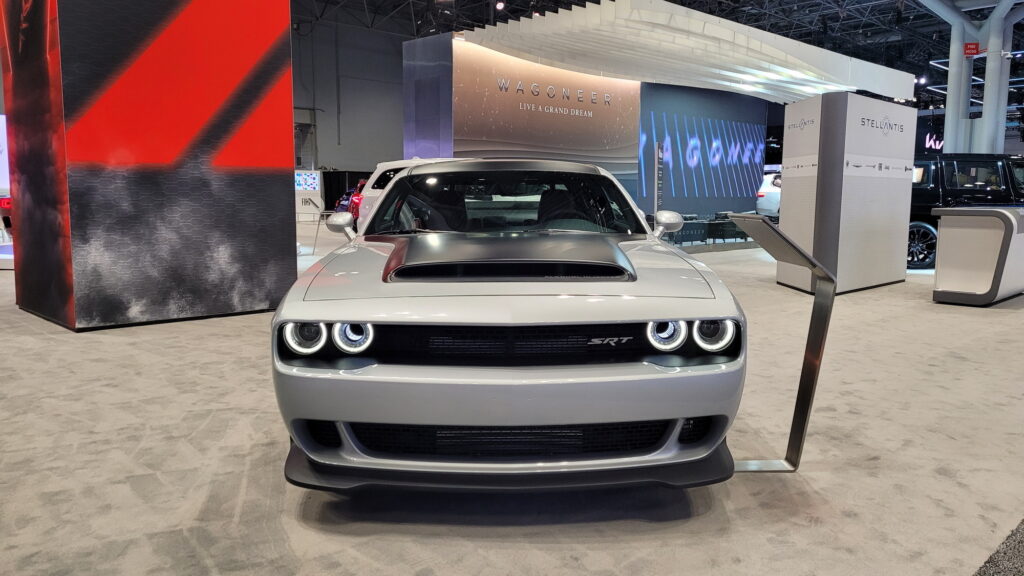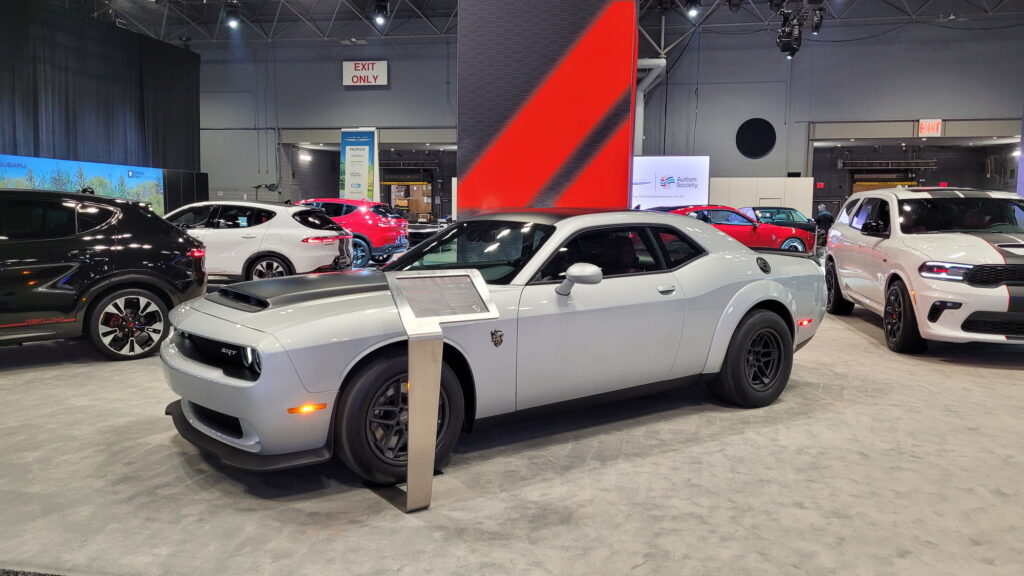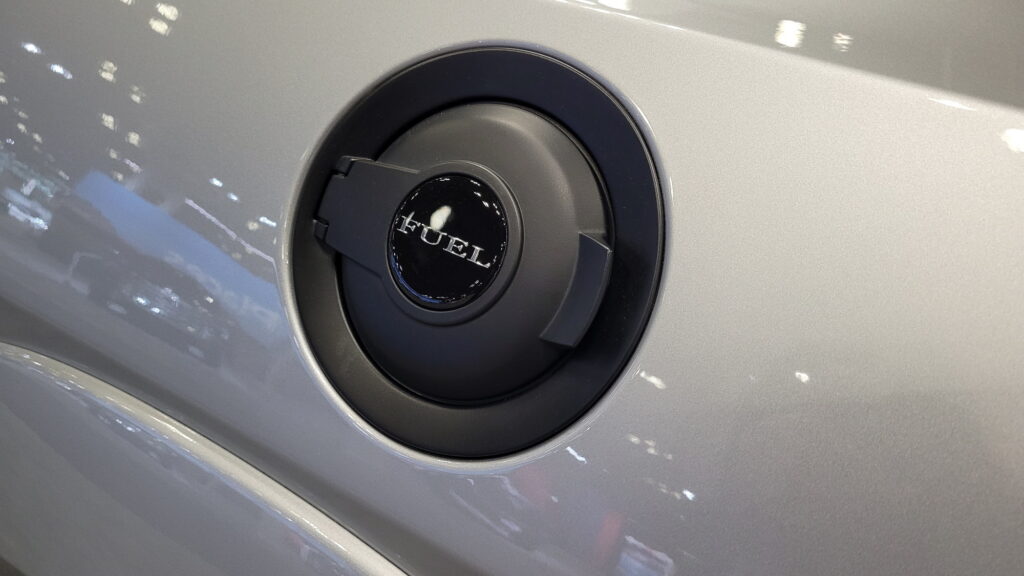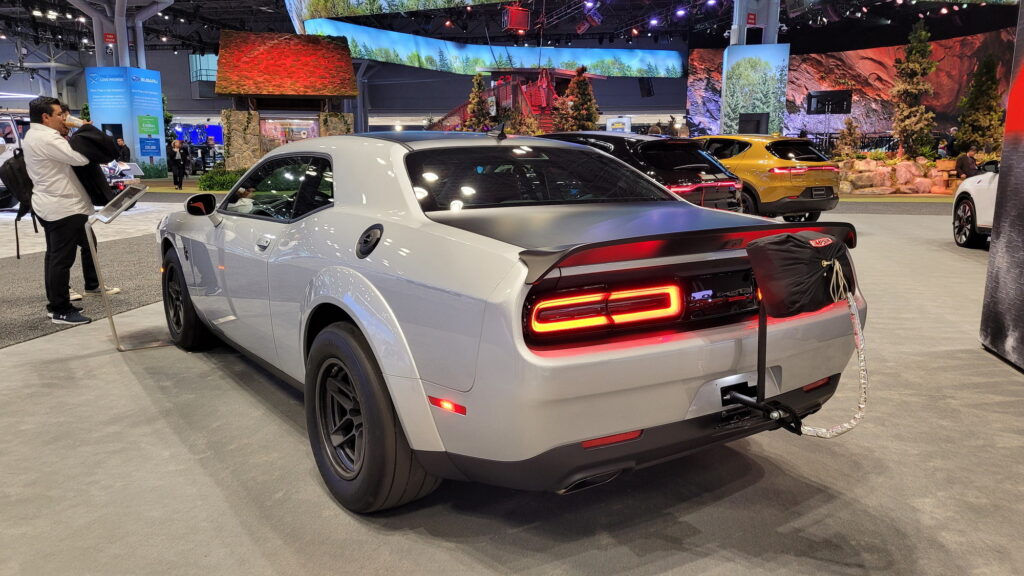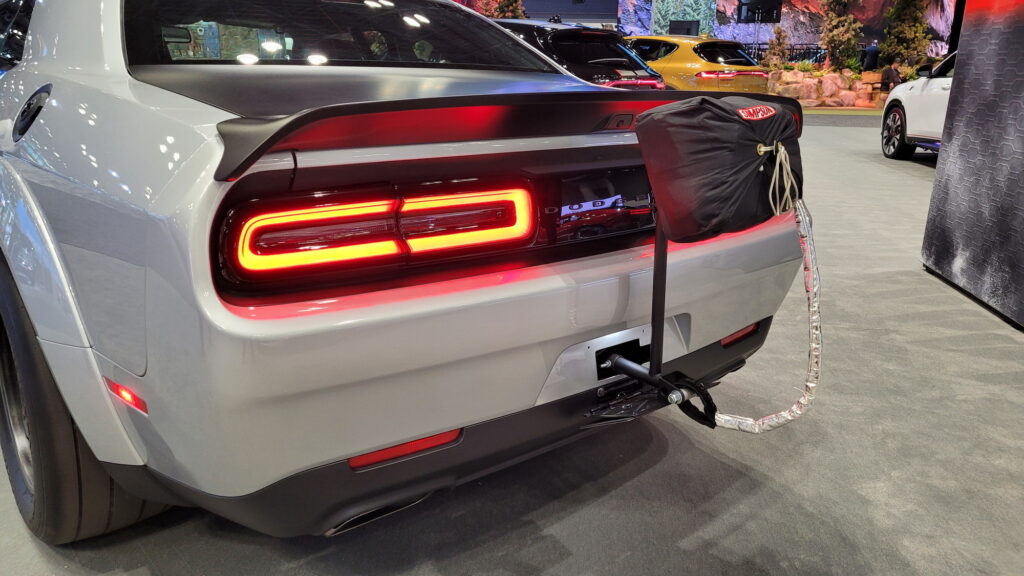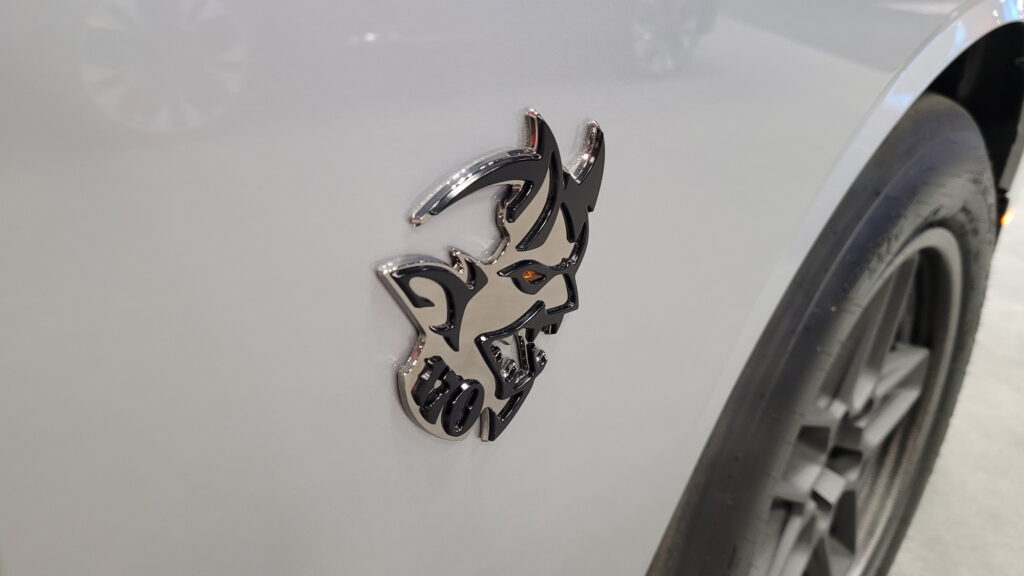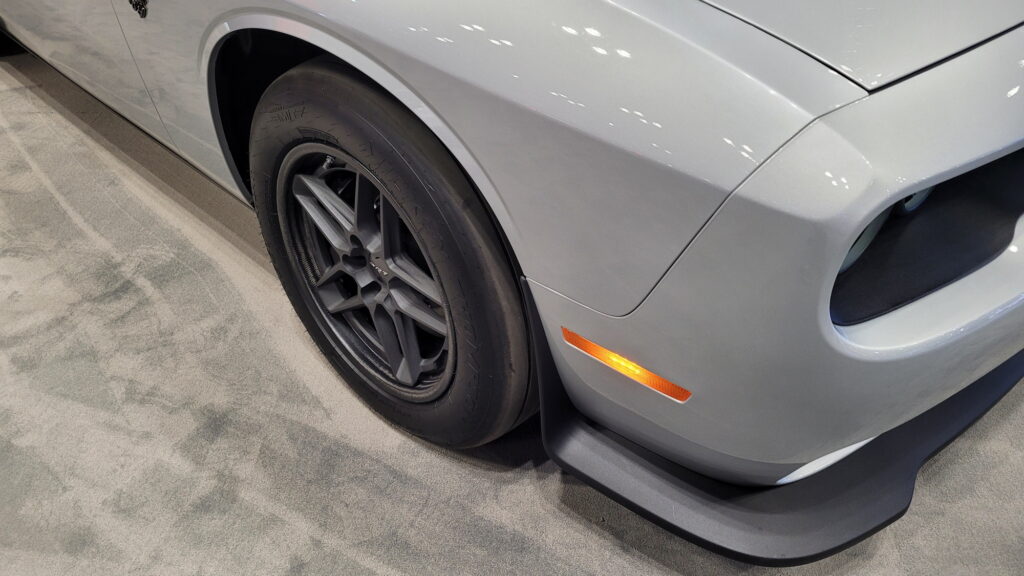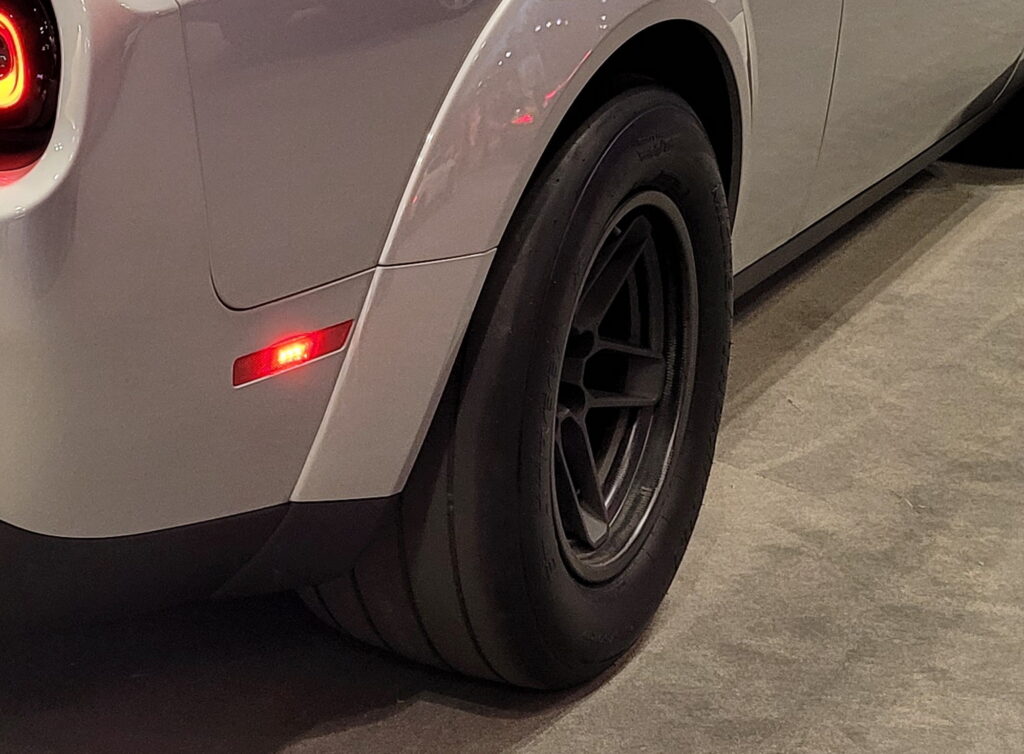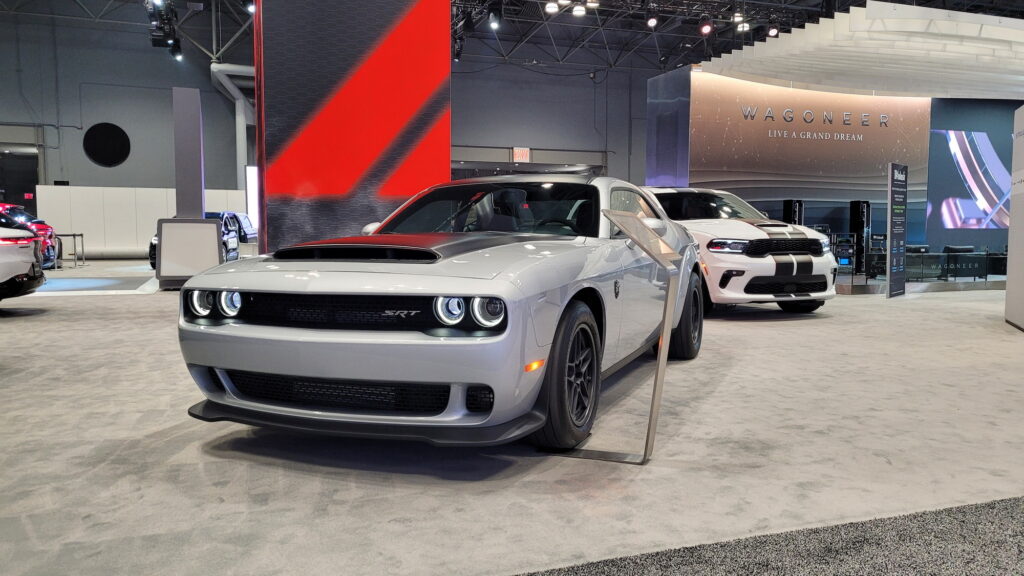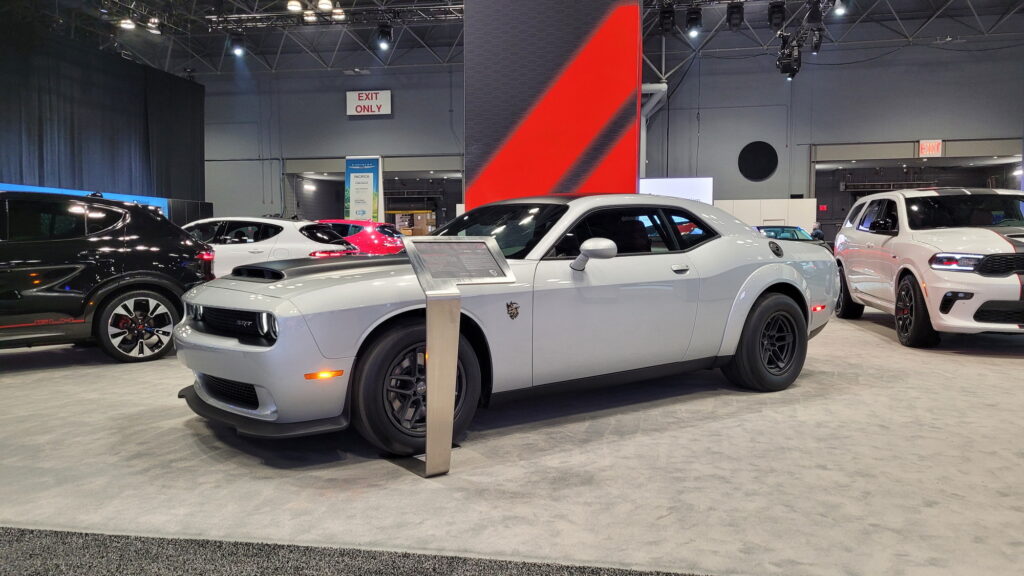Get Your Best Look Yet At The Dodge Challenger SRT Demon 170
From the drag radials to get you going to the parachute that slows you down, this is a turnkey drag racer
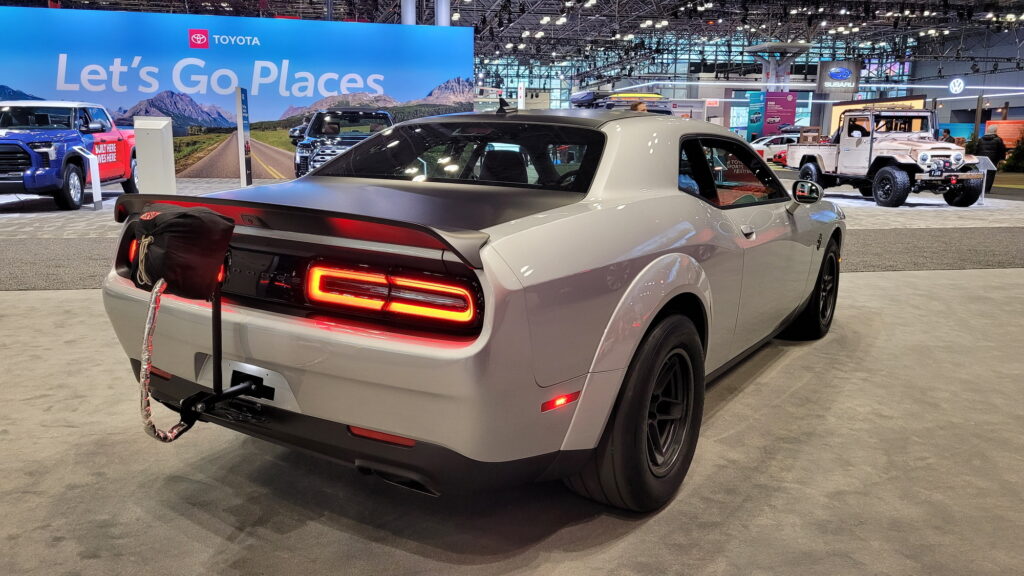
Dodge wowed the planet when it decided to send the Challenger out with what fundamentally amounted to a turnkey drag racer. Now, it is presenting the automobile reside at the New York Auto Show.
If you have the misfortune of not getting in the New York location proper now for the show, you are in luck, due to the fact we have images direct from the Javits Center show floor that show some of the car’s finer particulars, beginning with the components that truly touch the ground.
The Challenger SRT Demon 170 at the Dodge stand seems to have the aluminum with the carbon fiber wheels. These save 20.12 lbs (9.1 kg) at the front and 11.98 lbs (five.four kg) at the back, and function aluminum centers and titanium hardware. You can see the weave of the carbon fiber about the perimeter of the wheel, although.
More: 1,025 HP Dodge Challenger SRT Demon 170 Opens The Gates Of Hell
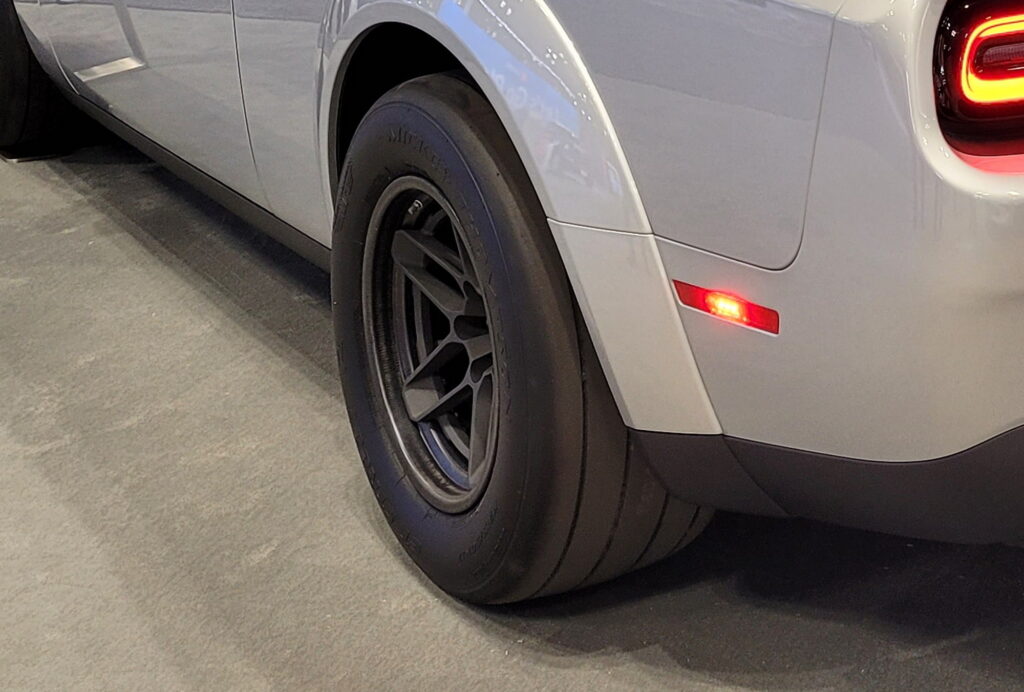
The wheels are wrapped in bespoke Mickey Thompson rubber that have tread for far better street overall performance. Here, you can see that the tread amounts to a quartet of arrow straight grooves, that truly make them appear like the tires F1 vehicles utilized in the mid-2000s.
At the back, they’re almost as wide as an F1 car’s tires, at 11 inches in width. Dodge claims that the Challenger SRT Demon 170 is the “first-ever factory production car built with staggered drag radial tires and fender flares,” and as you can see, that has really the visual influence.
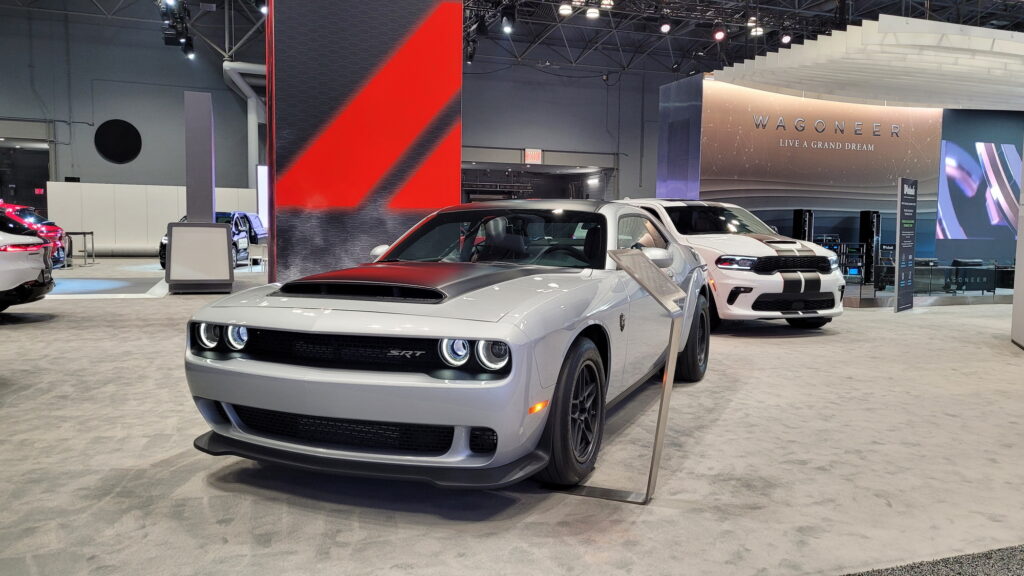
These images also show off just how aggressive the front spoiler is. Although it is not really a complete-on racecar element, it does appear big sufficient to give front-finish downforce at higher speeds, which will no doubt be welcome. The rear wing is also pleasingly sensible, as almost everything on a automobile this effective no doubt has to be.
On E85 gas, the Challenger SRT Demon 170’s six.two-liter, supercharged V8 tends to make 1,025 hp (764 kW/1,039 PS) and 945 lb-ft (1,280 Nm) of torque. That’s great sufficient for a -60 mph (96 km/h) time of 1.66 seconds (with rollout), and a quarter-mile time of eight.91 seconds at 151.17 mph (243.28 km/h). Put one more way, the automobile can provide two.004 G of acceleration energy. No wonder it has a parachute.

